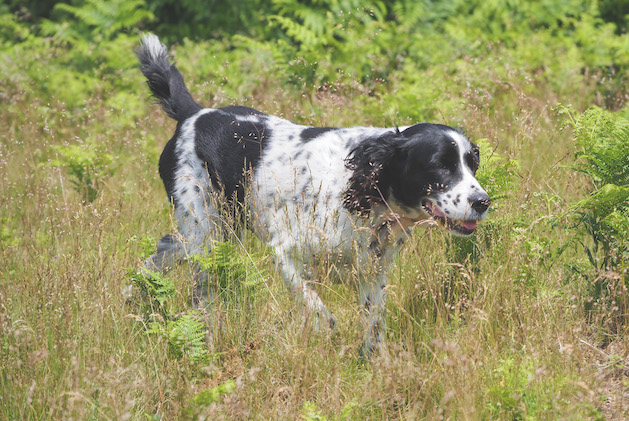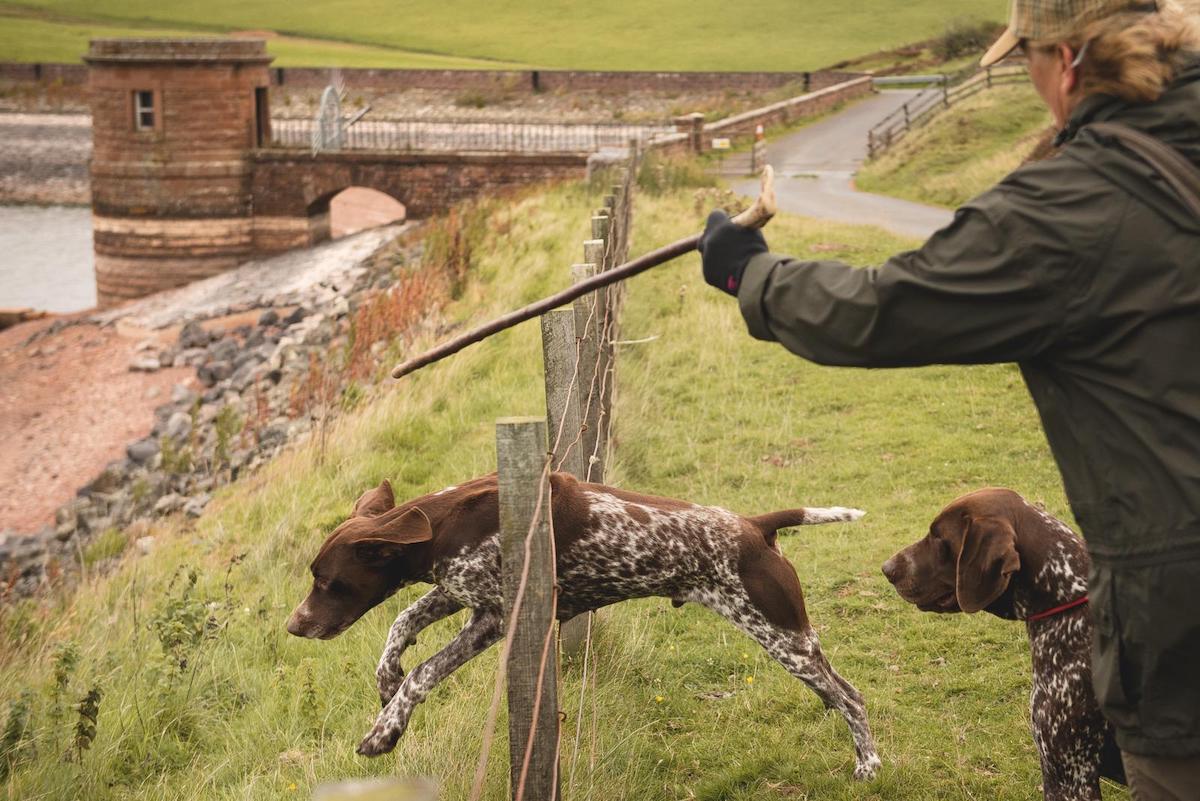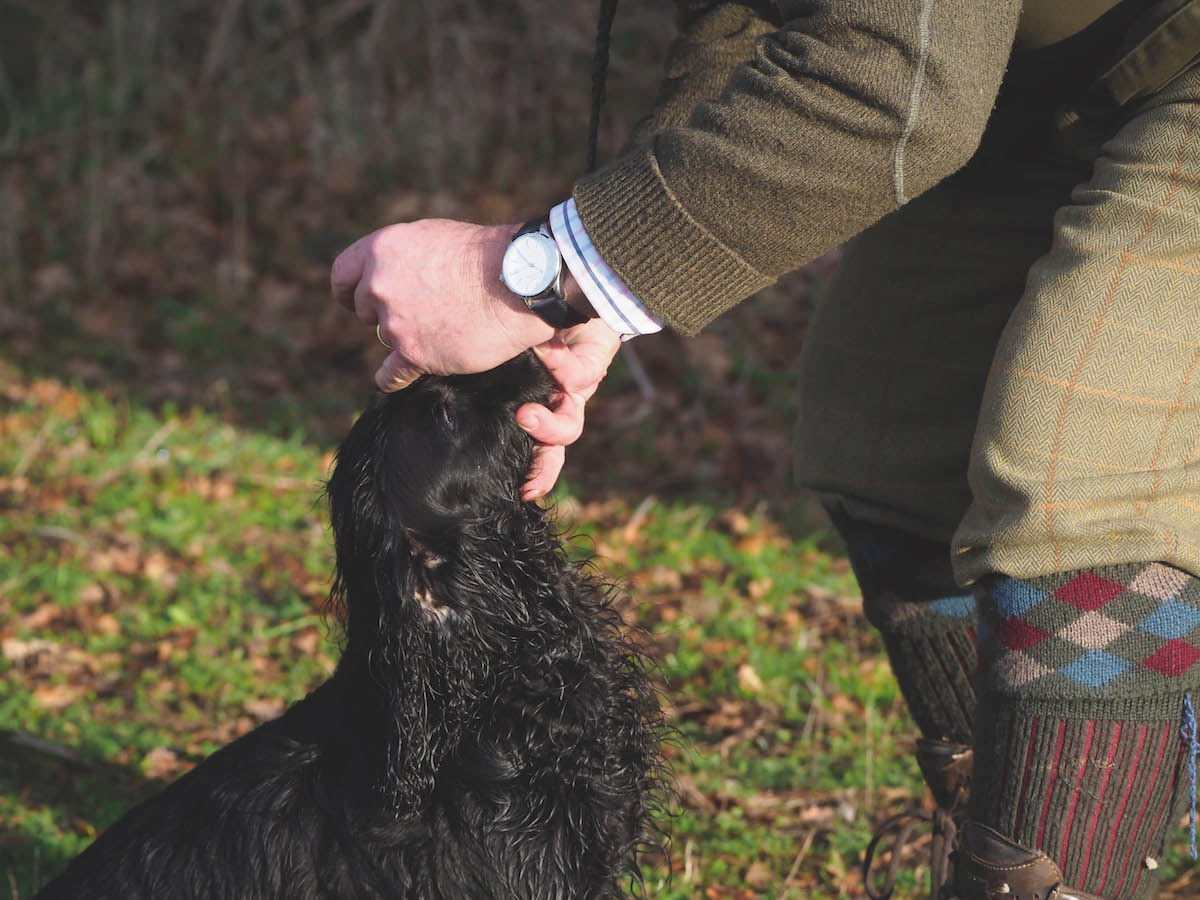How to get ticks off your dog and keep them off
Dealing with the scourge of ticks comes with the territory for dog owners — but it’s a battle that can be won, insists David Tomlinson

A recent study found a third of infected dogs are asymptomatic
A welcome consequence of the recent drought has been an absence of ticks. I have yet to find any ticks on dogs of mine this year. Ticks like nothing better than to lurk in wet, rank grass and they avoid dry areas because of the risk of dehydration. So from a tick’s point of view, it has been a disastrous spring. But one thing you can be sure of is that, though they may be scarce now, they haven’t gone away.
Ticks are at their most active in spring and autumn, but they can be encountered in every month of the year when the temperature is above 7°C. I’ve even seen them as early as February, which is generally one of the least troublesome months.
There are 20 species of ticks in the British Isles, but there are hundreds worldwide and they all feed on blood. A hungry tick will climb to just below the tip of a grass stem or heather sprig, where it waits for a passing animal to brush past. Vibration of the vegetation, perhaps caused by a dog, results in the tick adopting a questing position, its legs outstretched in a bid to grasp its potential host.
Ticks on dogs
The tick climbs on to its victim, then makes its way through its host’s fur or clothes to find a favourable spot to attach itself. On dogs, this is generally around the neck or on the head, particularly above the eyes.

Ticks can be picked up year round
A tick’s lifecycle
A tick’s life has four stages: eggs, larvae, nymphs and adults. Larvae, nymphs and adult females all require a meal of blood to develop from one stage to the next, which explains why ticks vary so much in size, as both the larvae and the nymphs look like smaller versions of the adult insect. It generally takes about three years for a tick to complete its lifecycle.
When a tick bites, its host rarely feels any sensation, despite the tick’s barbed mouthparts that help ensure that it stays firmly in place as it sips blood. The tick’s saliva contains an anticoagulant that helps the blood to flow, enabling it to start feeding. As it sucks, it swells in size.
After two or three days, it drops off, gorged and bloated. Adult ticks meet and mate on their host. An engorged female needs to find a suitably humid mat of vegetation and will lay about 2,000 eggs. Surprisingly, during its life, a tick will only spend about three weeks on its hosts.

Deer are one of the animals that carry ticks
Ticks are unpleasant little creatures that can spread disease to both dog and human. In Europe, they carry two particularly unpleasant dog diseases: canine piroplasmosis and canine pancytopenia, neither of which have become established here.
The tick-borne diseases we do have here include Q fever, louping-ill — well known as a scourge of sheep and grouse — tick pyaemia and redwater fever. Perhaps most serious of all is Lyme disease, which has a debilitating effect on humans, causing rashes and flu-like symptoms. It is a relatively recent arrival, but is now widespread. The charity Lyme Disease Action estimates that there are 10,000 cases in England and Wales a year.
What are the symptoms of Lyme disease in dogs?
What are the symptoms if a dog contracts Lyme disease and what does the cure entail? Is it usually successful?
Are ticks and keds the same?
A: No, they are quite different, though both are found on deer and can be present at the same time. The tick we…
How to remove ticks
When a tick does get embedded into flesh, it’s vital that you don’t try to pull the body off and leave the head behind, as this will invariably result in an abscess. A removal tool is by far the best implement to use, twisting the forked end of the tool to prise the tick from the flesh. Tick tools for ticks on dogs are cheap and available from vets and pet shops.
That old-fashioned remedy, the flea collar, is surprisingly good at keeping ticks at bay, but there are modern methods that are much more effective. I used to use a spot-protector on my dogs, placed between the animal’s withers, but this became less effective.
Four years ago, I switched to Bravecto, which is given to the dog orally. Its active ingredient, fluralaner, works by inhibiting the nervous system of insects, but doesn’t have any effect on the nervous system of animals. Bravecto is effective for three months.
Like all drugs, Bravecto can have side effects and there are sobering stories on the internet of dogs that have had a serious reaction to it. You have to balance the dangers of diseases with the advantages of drugs and Bravecto is the most effective tick treatment there is.










